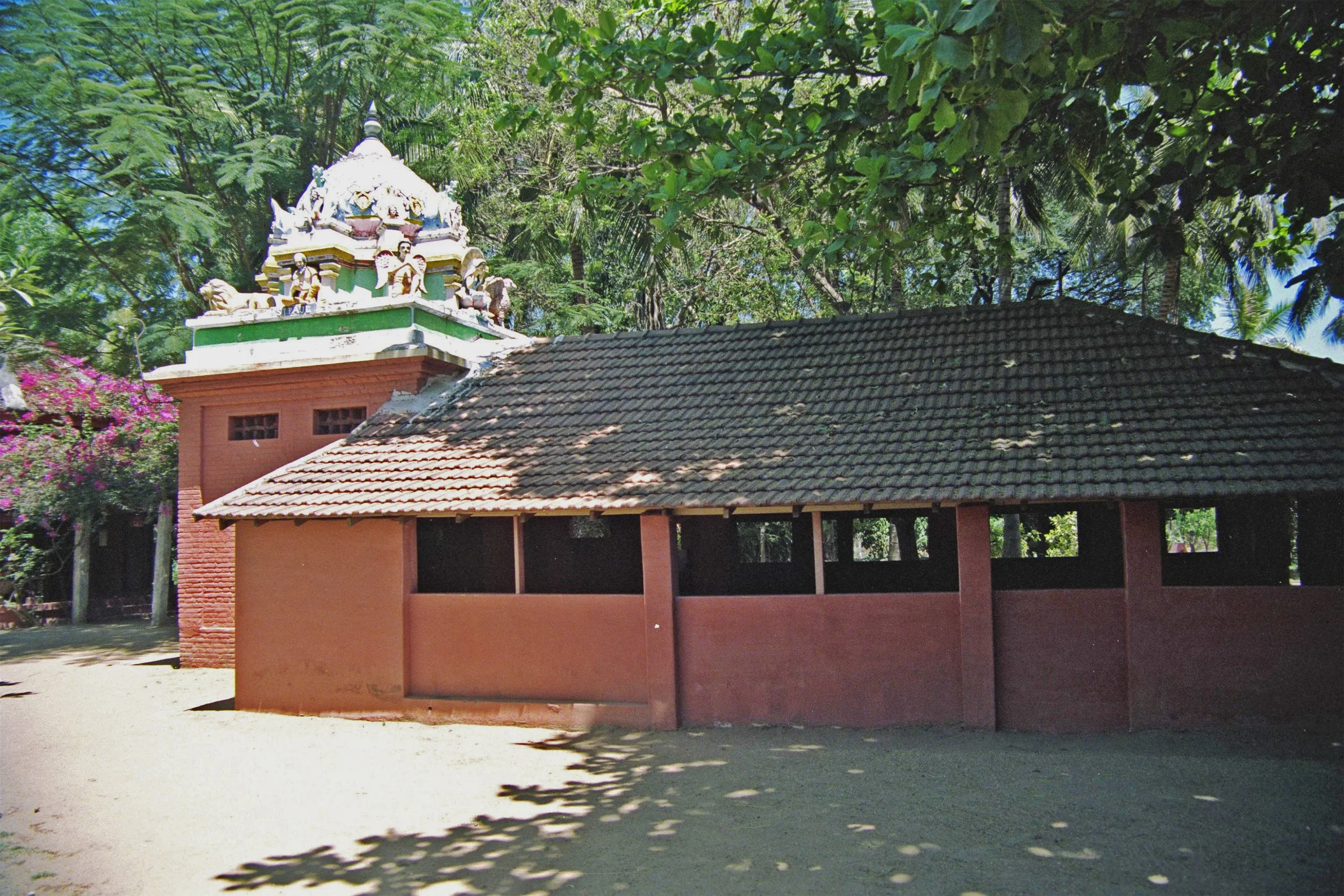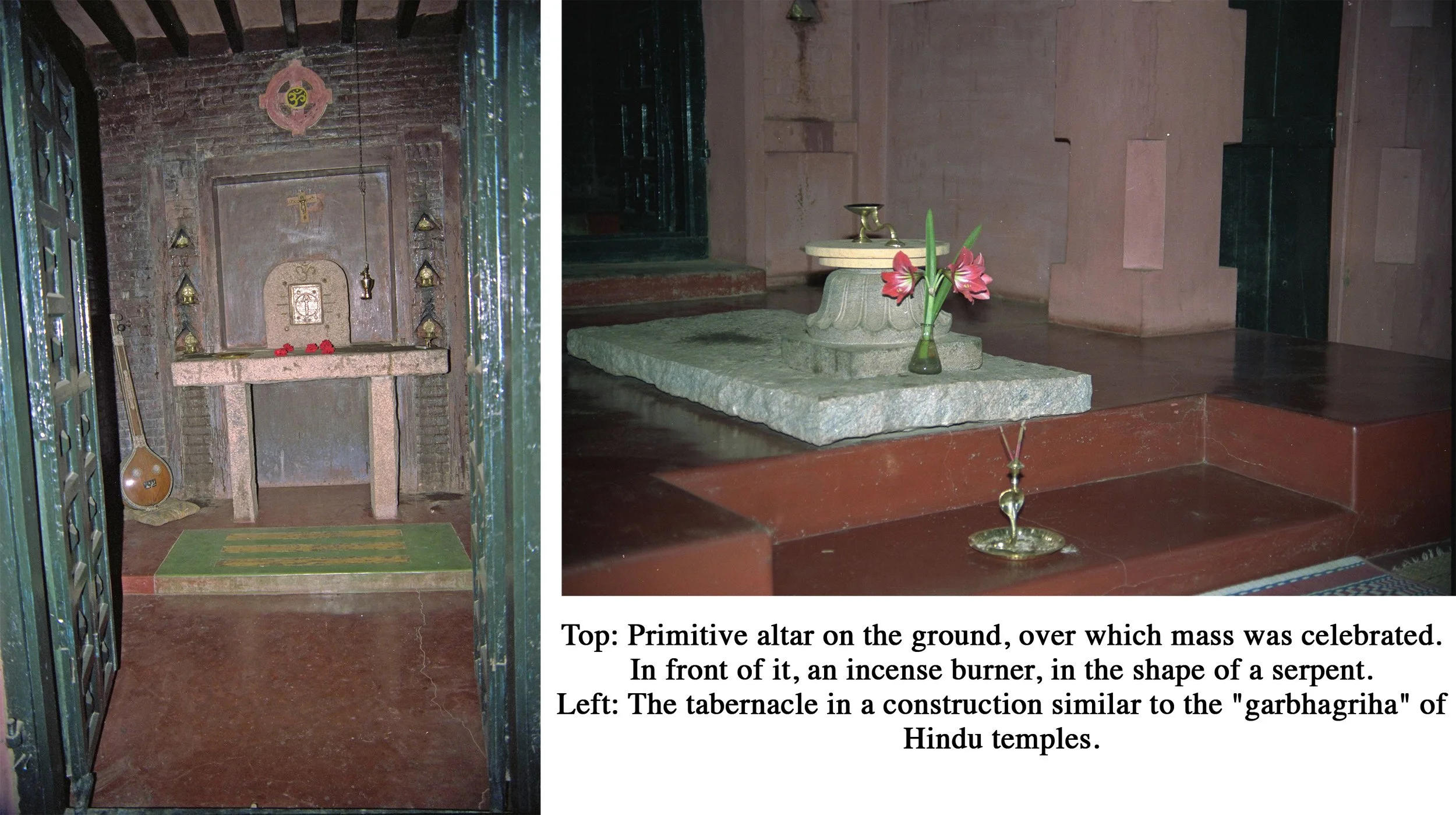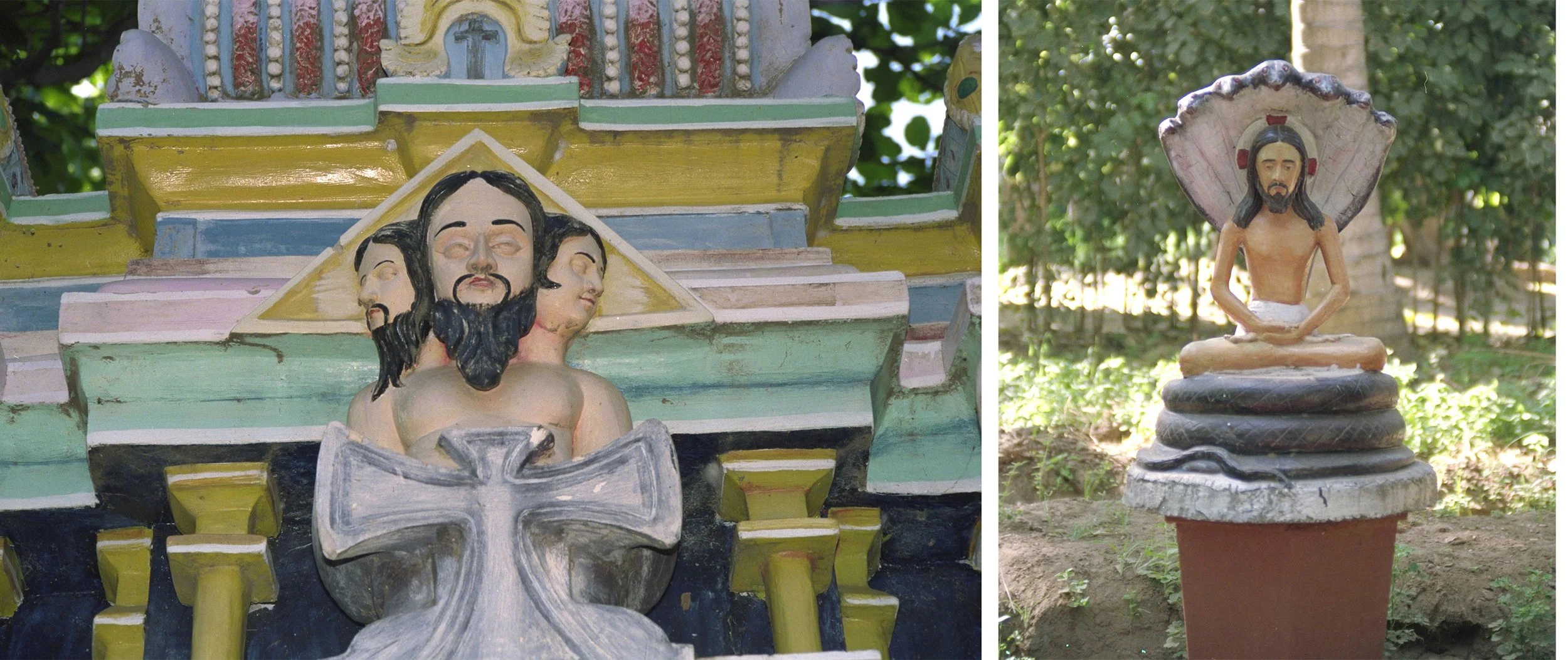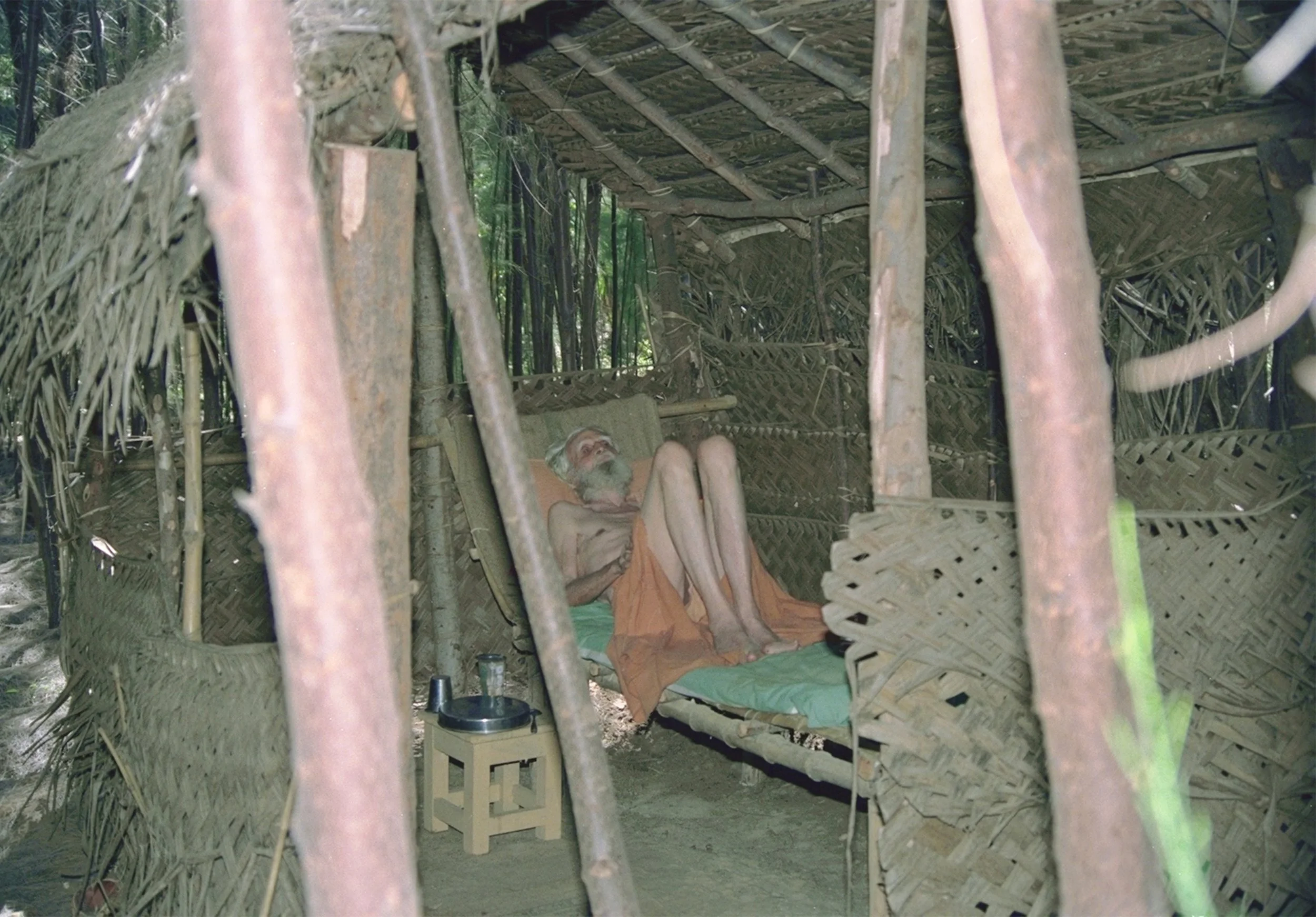Destructive Theologians in India
Cardinal Tomko declared that some theologians have developed unacceptable and destructive doctrines about Jesus Christ
In view of the theories and aberrant writings coming from some destructive theologians and missionaries in India and Asia, His Eminence Cardinal Tomko, met in 1991 with the cardinals of the whole world at the Fourth Extraordinary Consistory. He warned about the exaggerated emphasis being laid upon the dialogue among religions and the adaptation of the Church to the local cultures, which has been confounding the faith of the Catholics and diluting the sense of evangelization, opening the path for the proliferation of sects, reducing religion to mere “dialogue, inculturation and liberation”.
His Eminence stated that there exists “a gnostic relativism and a theological misunderstanding which levels all religions, different religious experiences and beliefs, to a least common denominator in which everything is the same and each person can take an equally valid road to salvation” and that “some theologians have developed unacceptable and destructive doctrines about Jesus Christ, the Holy Spirit and the Kingdom of God”. The Cardinal mentioned that “although India is the epicentre of this tendency and Asia is the principal camp, these ideas already circulate in Oceania, in some African countries and in Europe”.
The Cardinal emphasized that “according to some Indian theologians, in the search for dialogue Jesus Christ divides rather than unites; [according to them] unity and agreement, then, are not to be sought in ‘Christocentrism’, but in ‘theocentrism’, i.e., in the divine mystery, while the person of Jesus Christ is to be relativized”.
Jesus Christ is presented as having a cosmic-divine nature, divorced from the historical Christ and the Church he founded, he added. The Cosmic Christ “can appear in other religions and be hidden in other historical figures”, he said. Some theologians see salvation as a form of “utopia” which “would unite all men in a community of love, justice and peace”, he declared.
The Cardinal commented that the effects of such doctrines “are simply devastating”.
“The problem is already so extensive and the theories expounded are spreading so rapidly that the Holy See can no longer remain passive. They are creating a serious danger for the faith in Jesus Christ as professed by the Church”, he concluded.[1]
The Cardinal was concerned with what is happening inside Catholic religious communities
In India, few people are aware of a Revolution that is happening inside religious communities, and especially in the so called Catholic ashrams, due to the theological errors denounced by Cardinal Tomko.
It is from these ashramic communities that the new theologians and missionaries expect the emergency of a new revolutionary society with new structures and a new man:
The ashram acts as a meeting place, a resting place, an oasis. It prepares us to meet the coming revolution, which implies radical transformation, not so much of structures as of self.[2]
The case of the Ashram of the Camaldolese Benedictine Order
About 40 km from Trichy, in Tannirpalli, is Saccidananda Ashram, a monastery officially belonging to the Camaldolese, offshoot of the Benedictine order. It was founded in 1950 by two French modernists, Fr. Jules Monchanin, and French Benedictine monk Henri le Saux. They had come to India with the express design to re-interpret the Catholic Faith in terms of Hindu mysticism. They took sannyasa and wore kavis. A trappist monk Francis Mahieu joined them in 1953, and was later to go on to found Kurisumala Ashram with Bede Griffiths in 1958. Bede Griffiths himself stayed at Saccidananda Ashram in 1957 and 1958, and was later to return to the monastery in 1968 as its guru till 1993. After that, the ashram was under leadership of different catholic gurus.
The name of the ashram, "Saccidananda" was taken from Vedanta and applied for the Christian Holy Trinity. Literally translated as "Being - Consciousness/Knowledge - Bliss" ("Sat - Cit - Ananda"). It was a reflection of Fr. Monchanin's and Dom Henri Le Saux attempt to blend Christian and Hindu mysticism together.
After its foundation, the most famous Guru of this ashram was Bede Griffiths, an Englishman who was first agnostic, then Anglican and finally a Catholic Benedictine monk. He has written many works, in which he defends theories such as that the more primitive religion is, the better it is. He says that “God revealed Himself from the earliest times in the form of myths”[3]. He speaks openly against reason, saying that reason is the cause of all evils, or the serpent that introduced itself into the paradise in which man lived. His dislike for reason appears evident in his writings to the point to say that “reason is the serpent” and “the rational mind comes to separate and to distinguish between …the subject and the object, mind and matter, man and God”[4].
The Saccidananda ashram consists of a number of brick houses, painted earth-red. Here and there, at a short distance from each other, we can see very small huts for those who want to live alone.
The primitive chapel of the Saccidananda Ashram
The primitive chapel of the Ashram was built in the form of a Hindu temple, with its altar placed on the ground in the shape of a lotus flower, the tabernacle housed inside a structure similar to the garbhagriha of Hindu temples. Over the door of the tabernacle, the syllable “OM”, the most sacred mantra of the Hindus, is seen. On the wall above the tabernacle, one can see the cross enclosed in a circle and covered by the Hindu mantra OM. Fr Bede Griffiths referred to it as the “cosmic cross”.
In 2009-2010, this chapel was reformed. The primitive aspect gave place to a more elaborated structure. The garbhagriha, with the removal of some elements, the altar, as well as the dome are the same.
The entrance portal (Gopuram) to the Ashram, in which the Holy Trinity-trimurti can be seen
In front of the chapel, in the entrance portico of the Ashram (gopuram) there is, to represent the Holy Trinity, a statue carved in the form of the Hindu Trimurti, of three heads, one looking forward and the other two looking sideways. One head is represented as a female bust, which according to Fr Bede Griffiths and many other priests, is the Catholic way of representing the Holy Spirit, considering him as energy and mother.
Between the ashram portico and the mandapam (outer courtyard of the temple) we can see also a cross enclosed in a circle on which is written the word OM. According to the explanatory leaflet distributed by the ashram management, “the circle represents the cosmic mystery, the wheel of samsara [the cycle of reincarnations] and the wheel of the Law (dharma) of Hindu and Buddhist tradition. (…) At the centre of the cross is the word OM, which in Hindu tradition is the Word from which the whole creation comes and through which we come to the knowledge of God, and is thus considered by the new theologians as a fitting symbol of Christ, the Word of God.”[5]
The renovated chapel. In front of it, the Cosmic Cross, a syncretist Cross with the silable OM on it
In this ashram, the Benedictines wear the saffron-coloured (kavi), pray using readings from the Vedas, the Upanishads, the Bhagavad-Gita and other scriptures, mixing them with readings from the Bible and with bhajans or Hindu religious chants, which gives an unmistakeable impression of syncretism.
One Indian Mass with Hindu elements is celebrated in the Ashram. Before the Mass, the celebrant reads Hindu Scriptures and sing the OM mantra.
Left: The Holy Trinity in the form of the Trimurti. The female head would represent the Holy Spirit. Right: Christ topped by the serpent, similar to Maha Vishnu.
According to Fr. Bede Griffiths, the doctrine and the rituals of the Church are no longer adequate to express the divine Mystery
The Catholic who is faithful to the doctrine of the Church and reads the works of Fr Bede Griffiths cannot help but feel a kind of vertigo.
In Fr Bede's works, the truths of the Faith are altered, denied or emptied of their proper content, being gradually assimilated into non-christian concepts, replaced by them or reinterpreted accordingly.
He himself confesses in one of his books his conviction that the Church must be destroyed:
This is the challenge to the Church today. The structure of doctrine and ritual and organization which it has inherited are no longer adequate to express the divine Mystery, like those of Israel in the time of Christ. (...) There is nothing in this [structure of the Church], whether it is its dogmatic formulas, or its sacramental system or its hierarchical organization, which is not subject to change. (...) There is nothing which remains unchallenged, no doctrine, no discipline, no law, no custom. What is demanded, as was demanded of Israel, is nothing less than a death and resurrection. ‘“Destroy this temple, and in three days I will raise it up” … But he spoke of the temple of his body’ (Jo, 2,19:21). It is this Body of Christ which has to undergo this transformation, this temple of the eternal Wisdom.[6]
An exhaustive study of his thought would require a book. Here we shall only highlight one or two of his ideas, which suffice to show the reader the heterodoxy of his thought
For Fr. Bede Griffiths, Christ is only a symbol of God, which will pass
Commenting on his Christology, Bede’s disciple Wayne Teasdale says:
“Is Christ God? This is a basic question Bede raises in his provocative but quite stimulating Christology. Bede has trouble using the term God for Christ . (...) He has controversial moments, particularly when he talks about the issue of Christ's divinity”[7]..
Since, for him, religion is something that is found in the heart of man, he advocates the abandonment of all external manifestations of religiosity. Thus, dogmas should disappear and the monk should free himself even from the supernatural means of salvation instituted by God himself. Bede Griffiths, who became a sannyāsin, answering a question by Jesu Rayan says:
The way I understand, the Christian sannysin also has to go beyond all signs, sacraments and even the dogmas to the Transcendent Reality. (...) The liturgy is now within him. So he doesn’t need to share with the celebration. That is exceptional. But it shows that there should be a certain freedom from the sacraments. We shouldn’t feel bound by them. And I think, a sannyāsin may very well want to spend some period without the sacraments. Even in our āśram some of the Brothers feel the need from time to time to be free from the mass itself. They want more time for meditation and we like to keep that freedom. In India and we feel in our āśram too, it is personal prayer that is primary.[8]
But he goes further and even claims that the Christian sannyāsin must abandon the very person of Christ, for Christ would be no more than an external and passing symbol of religion.
Question by Jesu Rayan: (...) Do you think that a Christian sannyāsin can ever transcend the Person of Christ and devote himself to the quest of the Ultimate Reality which is beyond all names and forms?
Bede Griffiths: Yes. That is a very interesting question. Personally I do think so. In fact, I would go so far as to say that all Christian prayer should go through Christ to the Father. I think, focusing on Christ alone is dangerous.[9]
The doctrines and sacraments of the Church are human expressions, are signs of the divine reality, which are likewise destined to pass away. So also Christ himself is the 'sacrament' of God; he is the sign of God's grace and salvation, of God's presence among men, and this sign also will pass, when the Reality, the thing signified, is revealed.[10]
There is nothing more frontally opposed to the Catholic Faith which teaches us that Christ, true God and not just a symbol of God, will never pass away, for he lives and reigns forever with God the Father in the unity of the Holy Spirit.
Fr. Bede Griffiths, half naked in his hut in the forest. Tribal primitivism and wilderness are for him synonymous with innocence.
[1] The quotes are from the original speech of Cardinal Tomko, published in L’Osservatore Romano, No. 15-16, April 1991, English edition, p. 4.
[2] Vandana, Gurus, Ashrams and Christians, p. XX.
[3] The Cosmic Revelation, p. 115.
[4] Jesu Raja, Bede Griffiths and Sannyasa, ATC, 1989, Bangalore, p. 250.
[5] Saccidananda Ashram [explanatory brochure], Shantivanam, Tannirpalli P.O. 639 107, Kulitalai, Tiruchy Dt., Tamil Nadu, St. Joseph's Institute of Printing, Tiruchy – 1, p. 9.
[6] Bede Griffiths, Return to the Centre, Collins, Fount Paperbacks, 1981, pp. 110-111
[7] Wayne Teasdale, op. cit., pp. 140 and 144.
[8] Bede Griffiths and Sannyāsa, Jesu Rajan, Asian Trading Corporation, Bangalore, 1989, St. Paul’s Presse, Bangalore, p. 228.
[9] Idem, p. 232.
[10]. Bede Griffiths, The Marriage of East and West, Medio Media Publishing, Tucson, USA, 2003, pp. 37-38. Also quoted in. Bede Griffiths and Sannyasa, Jesu -Rajan, Asian Trading Corporation, Bangalore, 1989, St. Paul's Presse, Bangalore, p. 158.





